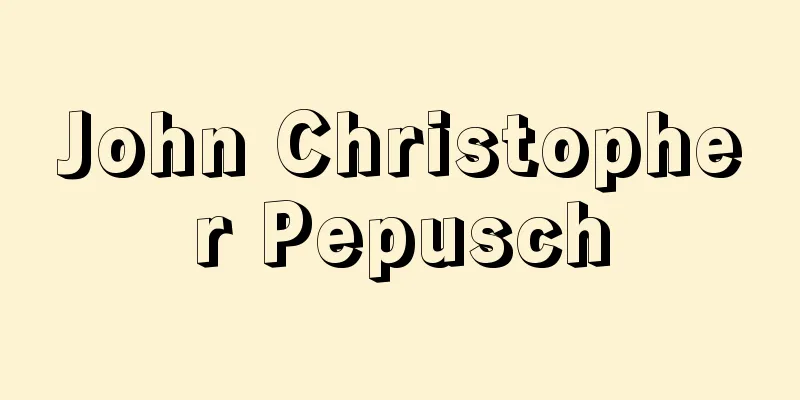Futures (contract)

|
Generally, it refers to a transaction that involves the delivery of an agreed-upon item at a certain time in the future. In a narrow sense, it refers to a type of transaction method carried out on an exchange. There are two purposes of futures trading. The first is to bridge the future with a current promise in order to avoid the risk of price fluctuations arising from uncertain future conditions, and the second is to actively use this risk to make profits. Futures trading on an exchange refers to a transaction in which the actual goods are delivered on a certain date in the future, or a counter transaction (if the first is a sell, then the other party buys) is made by that date, and the difference is settled by the exchange (cash settlement). It is contrasted with physical trading, in which the actual goods are delivered at the time of contract establishment. The deadline for transaction settlement is called the expiry month, and is the day before the second Friday of March, June, September, and December. Therefore, in the futures market, multiple expiry month transactions are always conducted in parallel. When stock exchanges reopened after the Second World War, they prohibited futures trading in principle. However, as a result of financial reforms aimed at revitalizing the market, markets for stock futures and bond futures were opened from 1985 onwards. Representative examples of the former include TOPIX futures and Nikkei 225 futures, while the latter includes 10-year government bond futures. Futures trading on commodity exchanges continued uninterrupted after World War II and includes spot futures, cash-settled futures, index futures, and options, the latter of which involves the purchase or sale of a right in return for a premium. [Mitsuo Morimoto] [Reference items] | | | | | | |Source: Shogakukan Encyclopedia Nipponica About Encyclopedia Nipponica Information | Legend |
|
一般には、将来一定時期に約定した物品を引き渡すことを内容とした取引をいう。狭義には、取引所で行われる取引方法の一種をさす。先物取引の目的には次の二つがある。第一は、不確実な将来の状況から生じる価格変動の危険を避けるため、現在の約束で将来をつなぐことであり、第二は、この危険をむしろ利用して積極的に利益を得ようとすることである。取引所における先物取引は、将来の一定期日に現物の受け渡しをするか、その期日までに反対売買(最初が売りなら買いに回る)し、差額(差金(さきん))の授受で決済すること(差金決済)にして売買約束をする取引をいう。契約成立時に現物の授受を行う実物取引と対比される。取引清算のための売買期限を限月(げんげつ)といい、3、6、9、12月の第2金曜日の前日とされている。そこで先物市場では、つねに複数の限月取引が並行して展開されていることになる。 証券取引所では、第二次世界大戦後の再開時に先物取引を原則として禁止した。しかし、市場の活性化を目的とした金融改革により、1985年(昭和60)以降、株式先物と債券先物の市場が開設された。前者の代表的なものは、TOPIX(トピックス)先物、日経225先物などであり、後者には10年もの国債先物などがある。 商品取引所における先物取引は、第二次世界大戦後もとぎれることなく続けられたが、そこでは、現物先物取引、現金決済先物取引、指数先物取引、およびオプション取引が行われる。このうちオプション取引は、買う権利または売る権利を、プレミアム(割増金)を払って売買する取引である。 [森本三男] [参照項目] | | | | | | |出典 小学館 日本大百科全書(ニッポニカ)日本大百科全書(ニッポニカ)について 情報 | 凡例 |
Recommend
World Federation of Democratic Youth
...The purpose of this was to encourage youth fro...
Ishi Shogun - Ishi Shogun
…Many stones are engraved with the word “Sekigant...
board of education
…The current board of education system has been s...
Ipponshimeji (Rhodophyllus sinuatus) - Ipponshimeji (English spelling)
Basidiomycetes, order Acarinales, family Lamiaceae...
Areto - That and
…In 1967, the islands of Saint-Malo, Saint-Servan...
《F6 Climbing》 - Ef6 Climbing
…Already in his collection of poems, The Orators ...
Belly protector - Haraate
The simplest armor of the Middle Ages, worn only o...
Edith Piaf
French chanson singer. Born in Paris. Her father ...
ṣarrāf (English spelling) sarraf
...However, for daily transactions and settlement...
Kuruma shrimp (penaeus japonicus)
A shrimp of the family Penaeidae, it is the most i...
Juilliard String Quartet
An American chamber orchestra. It was founded in ...
Bocskay István
Born: 1557. Korosuir, Transylvania [Died] December...
"Modern Times Manners and Customs"
...A magazine about manners and customs from the ...
samādhi (English spelling) samadhi
…It is also called 'Zammai'. It is a tran...
Mizusawa [city] - Mizusawa
An old city in southern Iwate Prefecture. Establis...









